“How do you photograph that great light?” is one of the top three questions I’m asked about how I make my photographs. It’s a good question because the camera sees light differently than we do, and unless you know what’s possible, you’ll struggle with retaining the mood of beautiful light. That struggle is more difficult for photographers who are still chained to their histograms and using some kind of automatic mode without EV Compensation. As good as today’s cameras are, you still have to do some of the thinking, because the camera tends to average things out a bit.
Average is the enemy of mood.
I don’t do “tips & tricks” articles, but here are three ways you can think differently about light to make images with the kind of atmosphere or mood you’re hoping for.
One: Meter for What Matters
I no longer use metering in the traditional sense. I look at my histogram to see what I’m capturing and what I’m losing, and then I weigh that against what’s important to me. Sunset rhino? I want those shadows nice and dark, and I don’t want to lose the highlights. I want the image to be dark and the colours saturated, so I often underexpose by at least three stops. If you’re exposing manually, you know how to do this. If you use Shutter or Aperture Priority mode or even manual exposure with Auto ISO (as I do much of the time), you’ll want to use your EV compensation to knock the exposure down three stops (or whatever is necessary for the scene you’re photographing).

Left on its own, my camera would have overexposed by at least three stops, totally killing the mood.
EV Compensation is your way of telling the camera, “Hey, make this scene lighter or darker by a stop or two,” and it’s probably the camera function I use most. Throughout a day of photographing, I’ll move my aperture and shutter around now and then, but I’m always moving the EV compensation up and down to save highlights or darken the scene to keep the mood. Because I tend to favour strong shadows, I’m more often forcing my camera to see the scene darker, and I’ll want to preserve highlights at the expense of detail in the shadows. Sometimes it’s the opposite. But you have to know what you want. If that means exposing manually, do that. If it means getting really comfortable with your EV Compensation while in one of your automatic modes, then do that.
Expose for mood; don’t let the camera push you around.
Two: Know Your Light
It’s one thing to be able to say, “Wow, that light is nice!” and another to understand what you like about it, what to do with it, and how to change it. As I write this, I’m on my back porch, looking at the light streaming through the ferns. Because the light is coming in from behind, the ferns have a beautiful rim light. I know that if I got my camera out and underexposed them (or exposed for the brightest highlights), I’d have a beautiful shot with dark greens and just a lick of light revealing the contour of the leaves and their distinctive fern shape. Other ferns I’m looking at, not so much; the light is hitting them from the front, and there’s not much magic there. If I wanted to photograph those, I’d move around them and explore the possibilities. Sidelight amplifies texture. Backlight allows light to shine through the ferns, as though they’re lit from within, or it can create a beautiful rim light. But the moment the sun gets too high, the magic will be gone, and I’d have to take my cameras deeper into the woods behind my home if I wanted to chase the mood.

Three: Chase the Mood
I’ve said before that there’s no good light and no bad light, and I still believe this to be true. But some light creates a stronger possibility for mood than others, and you won’t see it if you only photograph at mid-day in great weather.
Interesting mood is found at the edges: the edges of day, the edges of weather, the edges of light and shadow.
Finding mood and magic is often as much (or more) about when as it is about where. Actually, it’s usually at the intersection of when and where, and you need to be there when it happens. If your photography is a hobby of convenience and you’re only out on blue-sky days, you can’t possibly hope for the kind of mood we’re talking about. You can make photographs that are strong for other reasons, but they won’t be especially moody. You’ve got to be there, and you’ve got to be there then. When it happens. In the fog, at dusk, in the rain and the snow.
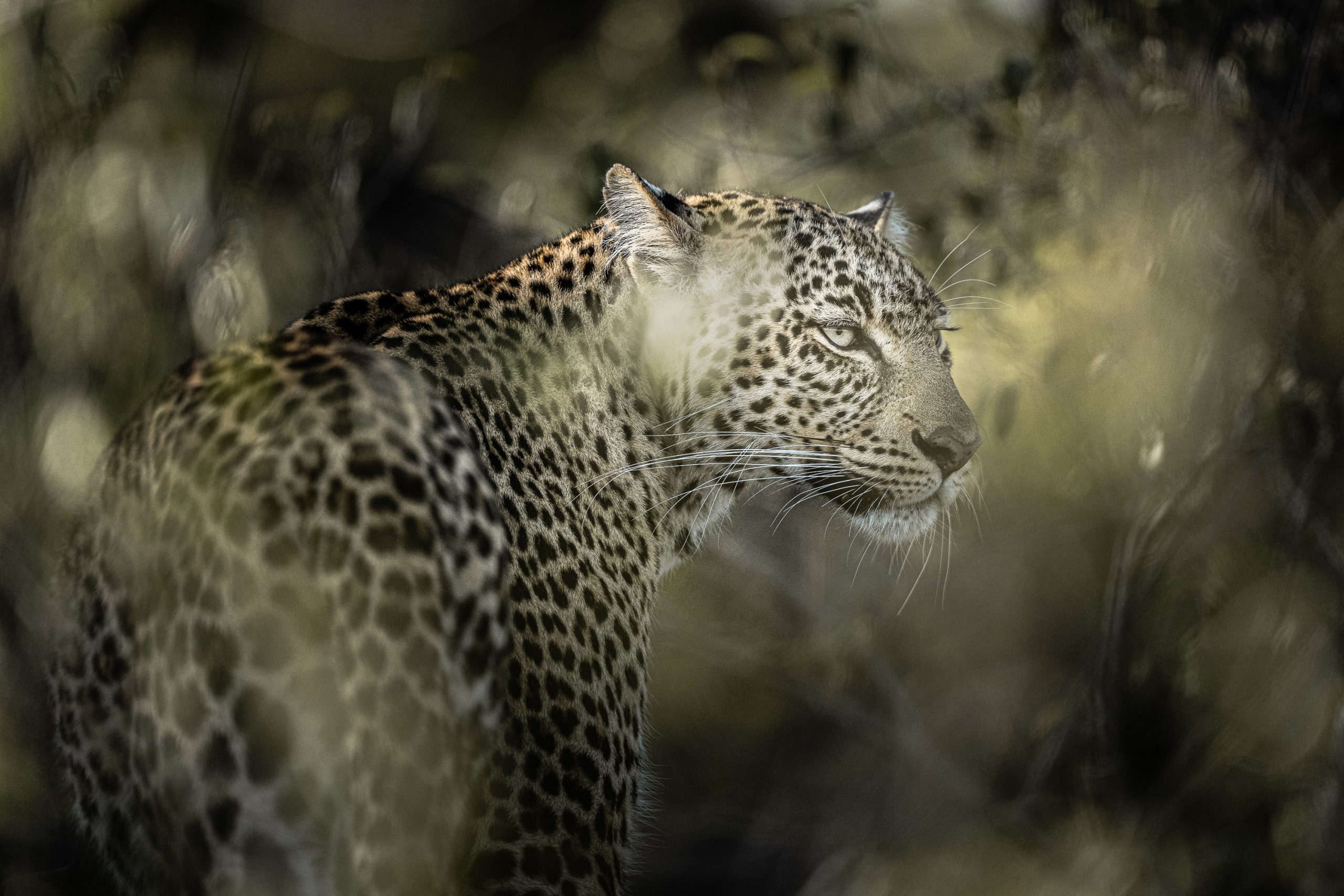
There are other ways to make photographs with a sense of mood. Shallow depth of field and out-of-focus highlights (bokeh) can do it. Nice and dreamy. So can a slow shutter and a moving subject (or a moving camera). Multiple exposures can do it. And a fantastic moment, no matter the light, when a friend throws their head back in laughter—that too can be emotionally ladened and full of mood.
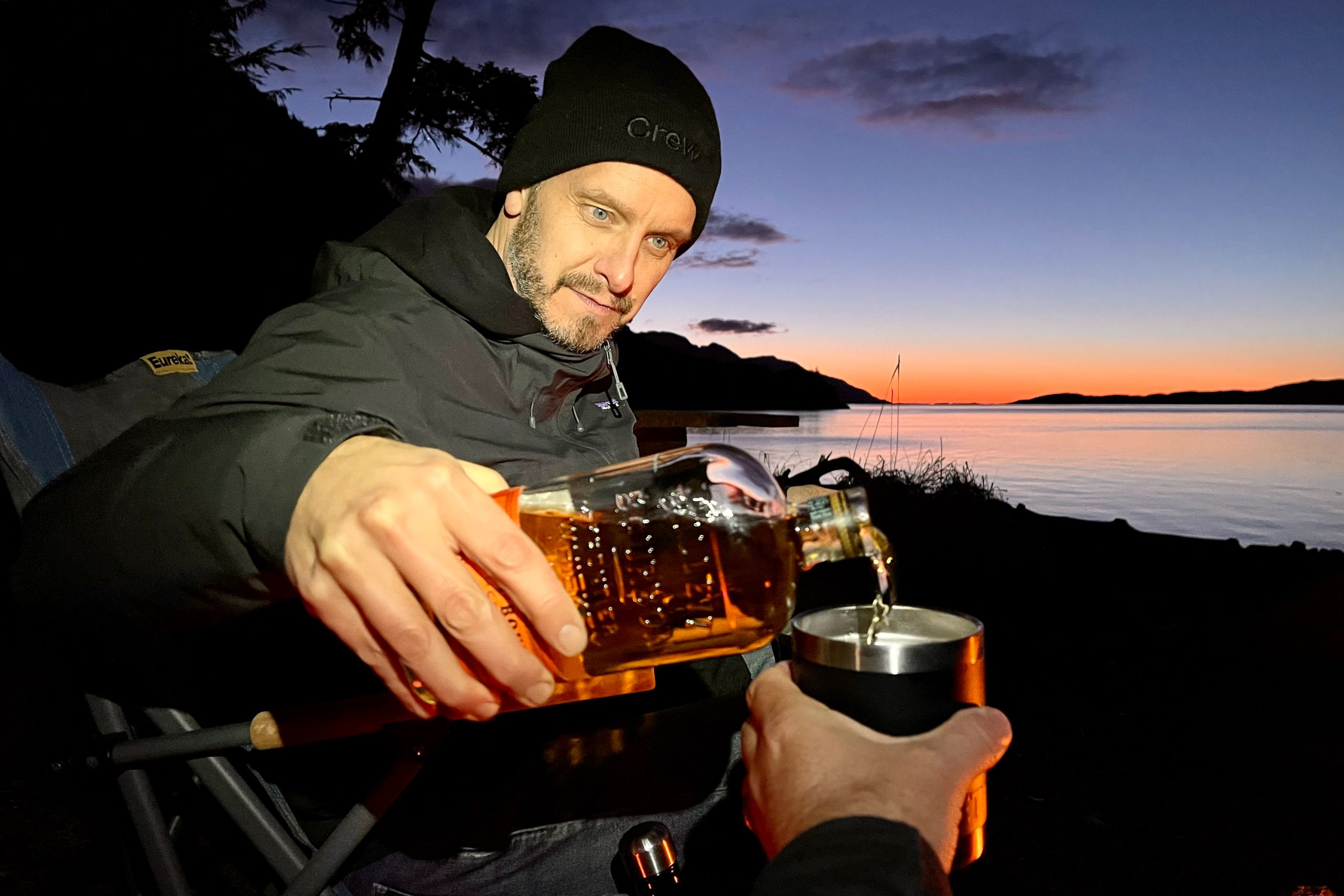
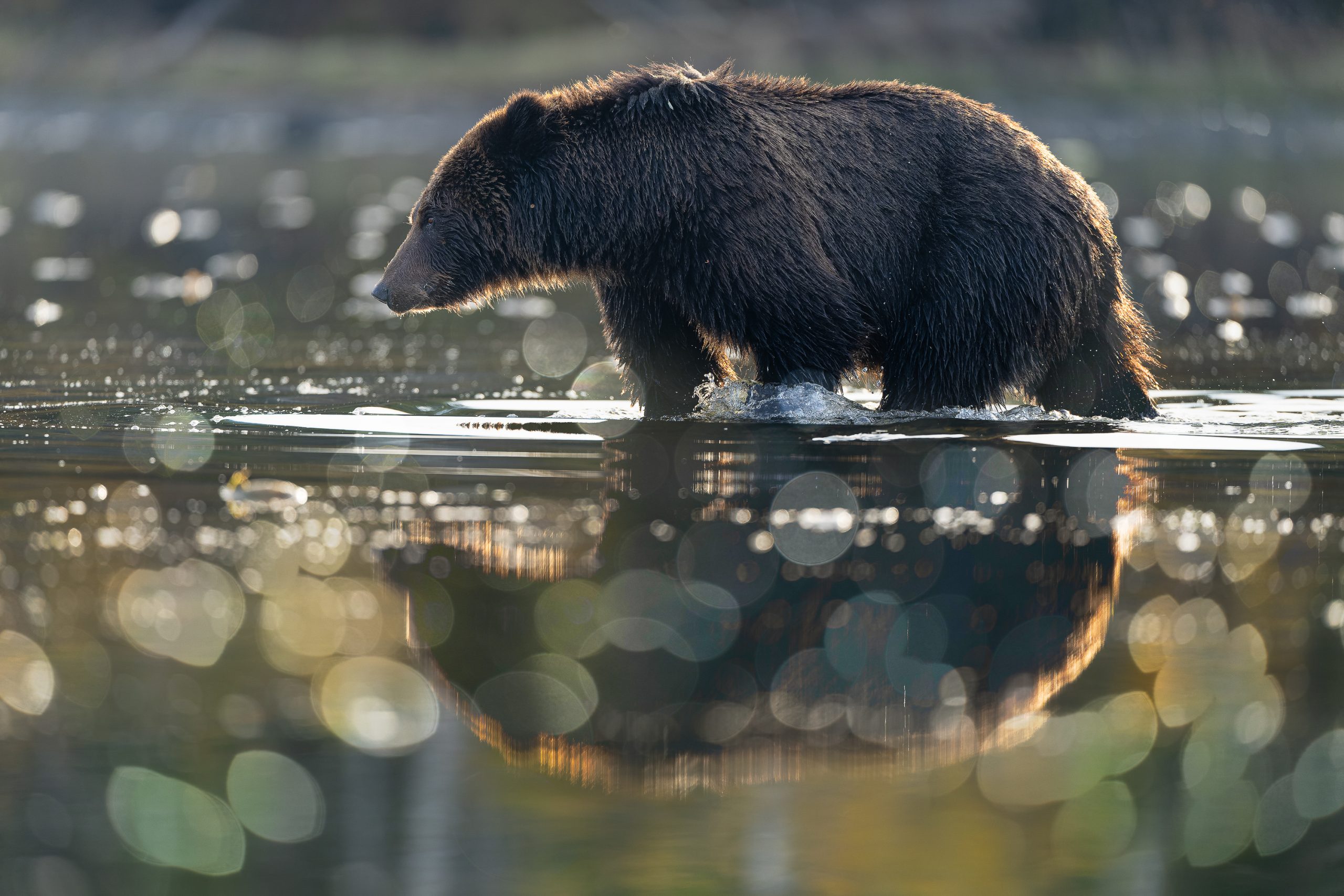
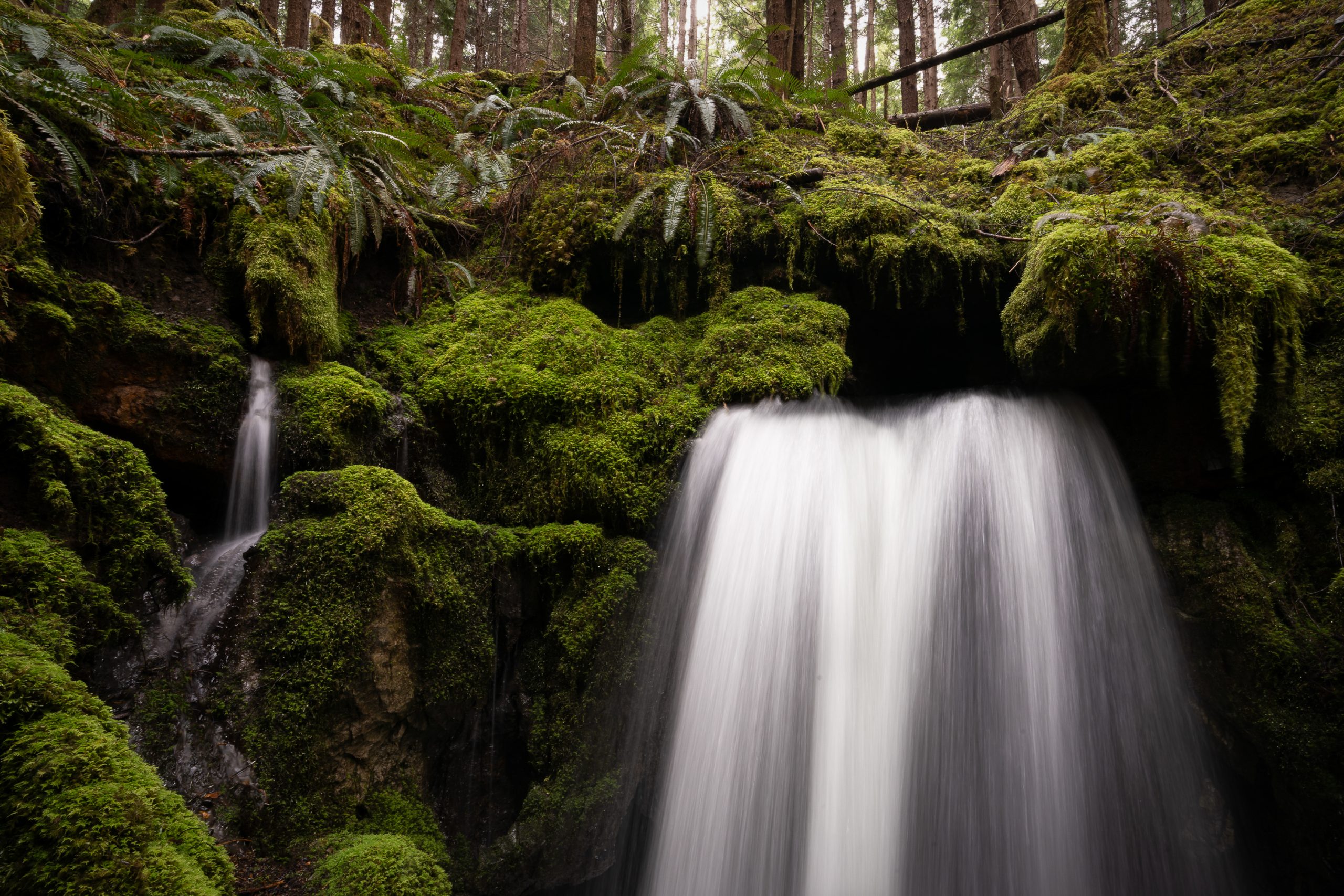
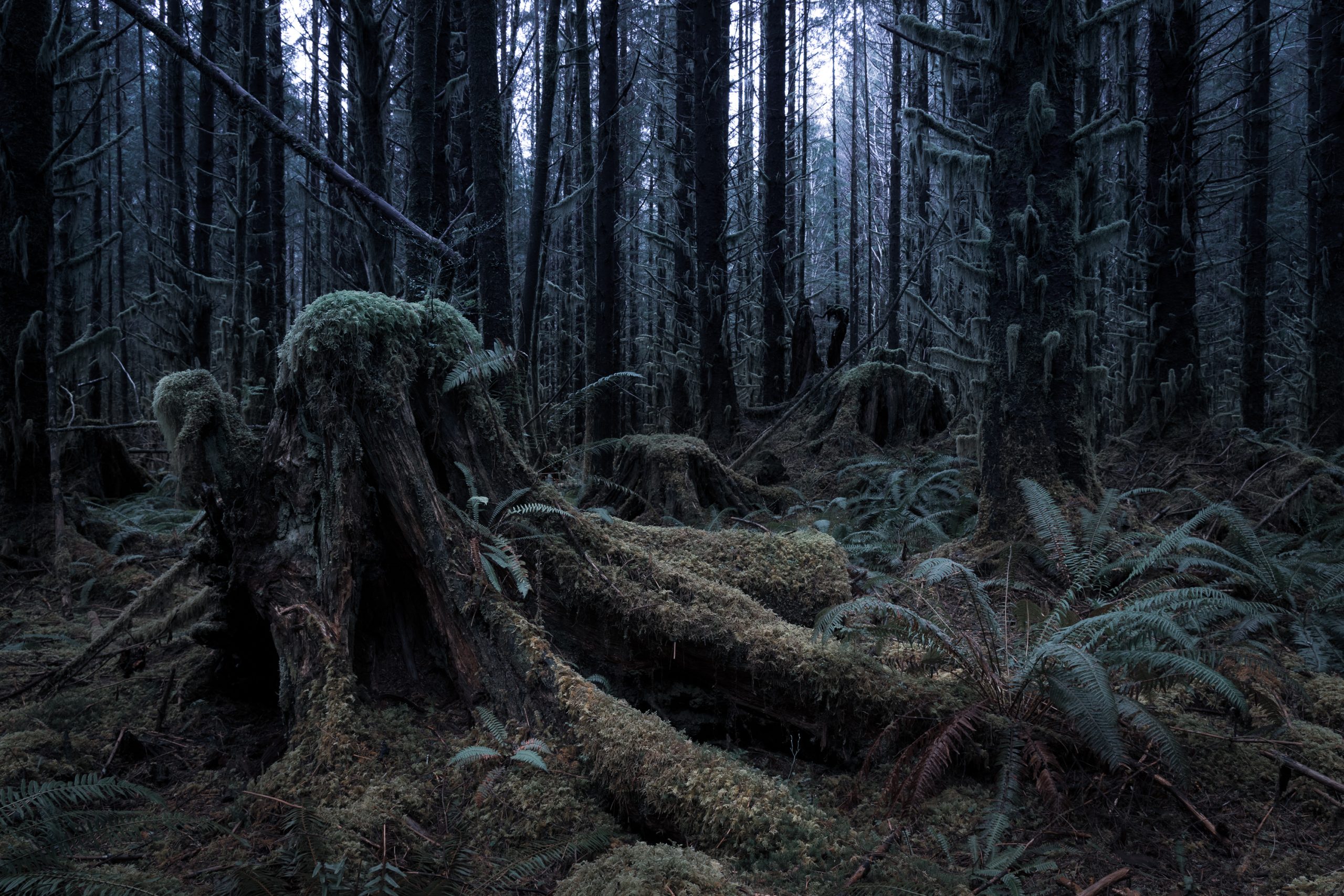
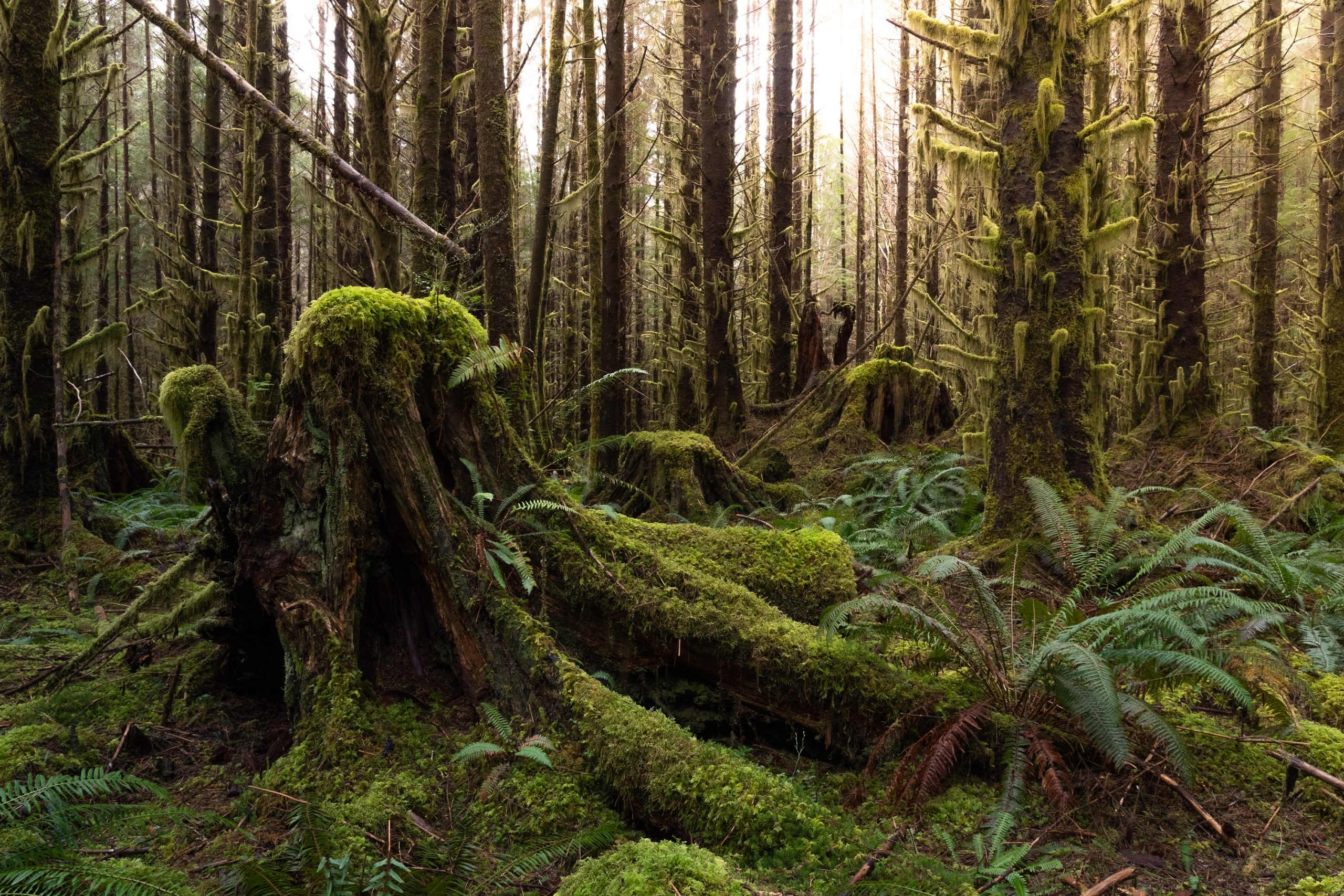
Colour temperature and the luminosity of an image—how dark or bright it is—can affect the mood tremendously. Compare this last image with the one above it. Both have mood, but they are very different. It comes down to how you want the image to feel.
When I do portfolio or image reviews, my most common reaction is one (if not all) of these: there’s not enough mood, there’s not enough story, and there’s not enough you. If you’re looking for a new challenge, consider looking at your work and asking how you could amplify any or all of those. If it’s mood, I hope some of the ideas above will nudge you forward. As a start, look at the images in this article and ask yourself how you feel about the images, what’s the mood, and what choices did I have to make to get that mood into the photograph?
For the Love of the Photograph,
David
PS – Two More Things
In case you missed it, I’m back on Instagram and sharing not only my photographs, and my ideas, but also my progress since the amputation. I’m there @davidduchemin and if you’d like to hear from me more than once every two weeks or so, I’d love to see you there. And if you’re part of a camera club and you’d like to bring my teaching to your club, I’ve got a great evening presentation on video that’s free to any camera club that will host me. It’s a great way to bring something really meaningful to your club and I’d be so grateful if you shared this with those who plan the events and lectures. You can find more information and get the video lecture and everything you need to promote and host the event here at InspireYourCameraClub.com.
Finally, a footnote. It’s now exactly two months since the amputation surgery. I’m walking a lot, though always with crutches. I put more weight on the prosthetic leg and foot every day, and the time is coming soon when the crutches will go into the closet and I can start putting my efforts into regaining my lost muscle and figuring out how to return to the activities and adventures for which I swapped my real foot for a prosthetic one in the first place. Many of you have been cheering me on, especially since I returned to Instagram. I can’t fully express my gratitude, but thank you.

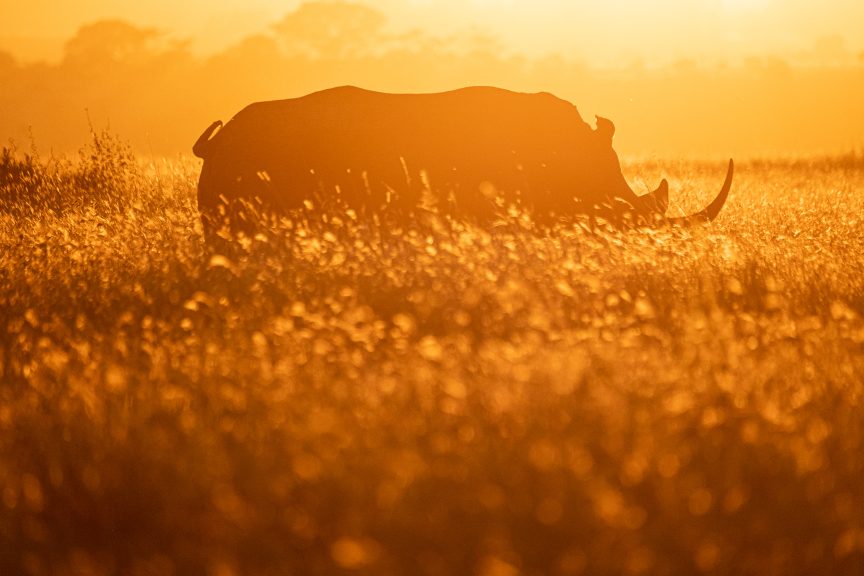
Comments
I have watched several of your videos. I always feel like you understand us non-professionals who want to learn. You are an inspiration in your photography and your physical life.
My first thought when I looked at Your photos attached here…wow, such rich colors and detail!
Peace be with you!
Galatea Promo Code 2024 unlocks a world of literary delights! With admittance to premium elements and enrapturing stories, it’s the way in to a vivid understanding encounter. Jump into enchanted domains, investigate exciting stories, and set out on remarkable undertakings — all readily available. Try not to pass up this scholarly gold mine!
Thank you. Pictures are stunning and advices are very helpful.
Good Sunday morning from Maine, David.
Coffee, hints of early fall; reflecting on favorite sermons.
“Chase the mood” echoes the most sage advice of my graduate pediatric clinical training:
“Sometimes, you just have to go under the table.”
I was so much better at meeting my clients wherever they were than “zooming on my feet” with this hinky, still-threatening end stage ankle and broken fib that’s not crumbling but sure feels like it. Your journey has been a sobering reality check. It’s challenging me to think carefully about what I can live with -not just 13 years out but older as I near 60. The answer to shooting with what I have is committing to shooting what’s within reach, well and creatively. My lazy “better lucky than good” soul would surely trade up for better glass to help with reach. But the whole of my being knows that vigilant attention to footwear & biomechanics affords -all- of my daily mobility as well as the choice to walk around and shoot at all.
Thank you for taking the time to remind us about not forgetting the basics.
Complex loss has a way of refining focus, eh?
Blessings and courage going forward.
Chris
We make the best of the cards we’re dealt, don’t we? I’m sorry to hear about the constant struggle, but you’re right, it has a way of bringing important things into focus. Keep going, Christine. Cheering you on!
Very interesting take on a pet love of mine. Mood and atmosphere are everything to a good picture. Can’t believe it needs to be said, but it does!
Have you heard of Mirror Therapy for phantom limb pain? I have no personal experience with this technique but thought I would share https://www.ncbi.nlm.nih.gov/pmc/articles/PMC3468806/
Thanks David. I’ve been a quiet follower for years – ever since I swooned over ‘Within the Frame’ at the Tattered Cover Bookstore in Denver and found it under the tree that Christmas, gifted from my tuned-in stepson. The best stories do not emerge from the mundane or the common. Your experiences are big weft for epic stories and I love that you share them. Especially as ‘footnotes’. That little bit of humor was not lost on me! Mind how you go…
Sound like your own self, keep it up – God Bless
Thank you David. Keep moving for heathy and faster
recovery.
Edwin M
Again such an helpful article! I love the way you think about photography and I’m waiting for every new mail reaching my postbox. Thank you so much David!!!
I wish that you cannot feel the difference between your both feet very soon! Have a nice week, David!
Edges in permaculture can be the most fertile areas., so what you wrote about edges in photography is particularly pertinent to me.
I also live somewhat on the edge as a full time nomad and it’s what works for me, more often than not.
Best wishes for your continued recovery and discovery of different ways of being.
Dear David:
The image of the leopard is an outstanding example of mood. I can feel the creature licking its chops in anticipation of a savory meal. Thanks again for another informative and inspiring article. P.S. Best wishes for a successful rebuilding of muscles and strength in the left leg and your body generally. Physical therapy is strenuous and challenging to say the least.
Thank you David, As usual I come away from reading your posts with a sense that my thinking, understanding, and possibilities have been stretched, and expanded. Perhaps more importantly at this early stage in my photography journey it is the language attached to the concepts which aid in my ability to express what I see, feel in the photos of others and strive for in my own photos.
Hoping that makes sense. So glad to see and hear of your recovery as well. Regards, Dana
David,
Lookin’ good on your Instagram walking post! (Not quite ready to out-run one of your Lion/Bear/Rhino subjects, but on your way!). Kudos to you!
You are always inspirational David. You too live at the edges of life, so you always see something different. Thanks for your generous sharing and keep up the walking and finding that strength you need. Michelle
I appreciate all your work and generous instruction all these years! Thanks for including your example images with commentary on your choices. Glad to see you back on IG!
I very much enjoy and look forward to all of your articles. This one was particularly eye-opening! I also use the EV function on my camera a lot as you do. But I have always used it to try and get the “correct exposure”, not to capture a mood that I am seeing. What a huge help this will be in my photography going forward!! Thanks so much, David. And I too wish you a Continued Healthy Recovery!!
Pertinent, helpful and inspiring (as usual). Thank you and continued healthy recovery.